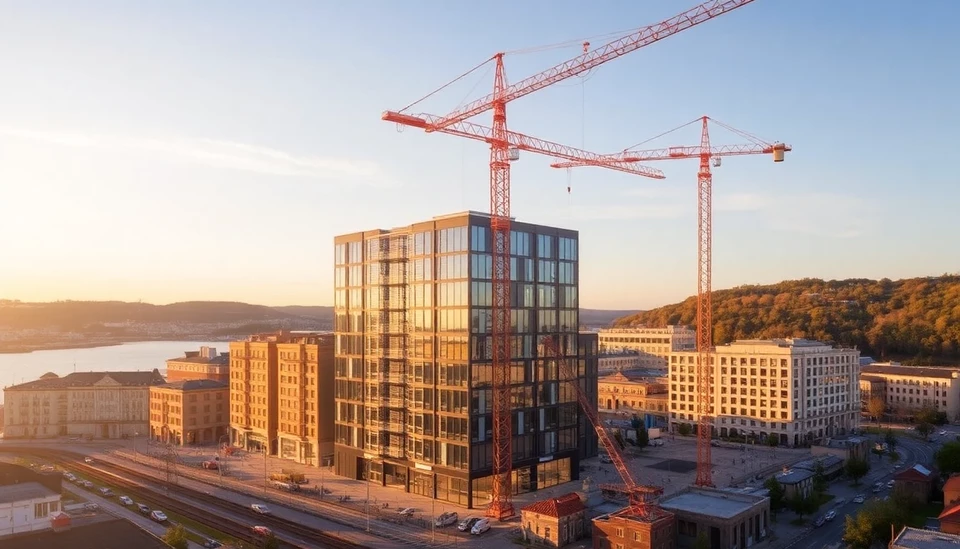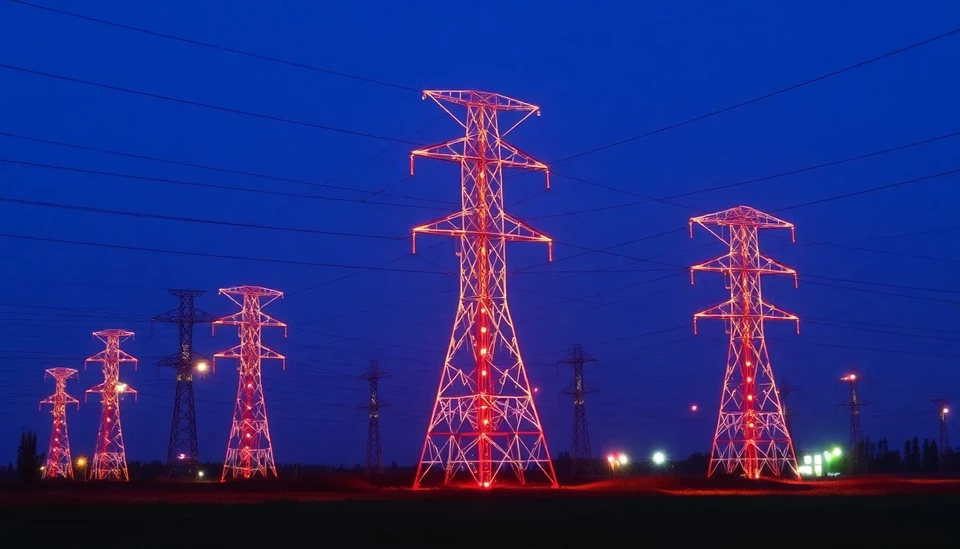
In a significant move towards sustainability, cities like Oslo are at the forefront of electrifying the construction industry, marking a revolutionary shift in how urban environments are developed. This initiative is not just about reducing emissions; it is about rethinking the entire ecosystem of construction, including the machinery that powers it.
As climate change continues to pose significant challenges, many cities are adopting stricter environmental regulations and promoting technologies that aim to minimize the carbon footprint associated with construction. Electrification is a major component of this shift, and Oslo has set a benchmark for others to follow. The city has been integrating electric versions of heavy machinery on construction sites, significantly reducing carbon emissions and fostering a more sustainable approach to urban development.
The movement towards electric construction vehicles is gathering momentum, with more cities recognizing the potential benefits. Not only do electric machines produce less noise pollution, but they also offer operational advantages, such as lower energy costs and reduced maintenance needs. This transition is driven by both governmental policy initiatives and a growing recognition among construction companies of the need to embrace environmentally responsible practices.
In Norway, the local government is incentivizing the transition by providing subsidies for companies that invest in electric equipment. This support has encouraged contractors to replace traditional diesel-powered machinery with electric counterparts, which are now becoming increasingly available in the market. The advantages of electric machines are apparent, as they can operate efficiently and cleanly, helping cities achieve their sustainability targets more effectively than ever before.
The ripple effects of Oslo’s electrification strategy are being felt beyond Norway’s borders; other cities around the world are looking at this initiative as a model for their own construction practices. Various stakeholders, including city planners, environment activists, and the construction industry itself, see a common goal: to harmonize urban growth with environmental stewardship. The hope is that this will spur broader adoption across the globe and promote innovations that further enhance construction efficiency while protecting the planet.
Furthermore, electrification in construction isn’t just limited to vehicles; it also encompasses the broader use of electric tools and equipment on jobsites. This comprehensive approach means that nearly every aspect of construction can become more sustainable. From electric cranes to hybrid power systems, the transition to a fully electric reality in the construction industry is on the horizon.
As Oslo continues to demonstrate the viability of electrification in construction, it is setting a visionary example of how urban spaces can evolve to be greener and more sustainable. The city’s initiatives highlight the potential for other metropolises to transition away from fossil fuels and embrace clean energy solutions that benefit residents and the environment alike.
With increasing pressure on governments around the world to address climate change, the electrification of construction could serve as a crucial lever for achieving net-zero emissions targets. Oslo's leadership in pioneering this transformation underscores the importance of taking bold steps towards a greener future—a future that redefines how we build, work, and live in cities.
In a world increasingly aware of its environmental impact, the electrification of the construction industry is not just a trend, but a necessary evolution. As more cities recognize the potential for reducing emissions and enhancing quality of life, the electrification movement will likely gain even more traction, leading to lasting changes in urban development practices.
In conclusion, Oslo's innovative approach serves as an inspiring blueprint for cities everywhere, proving that a more sustainable construction industry is not only possible—it's already happening.
#Electrification #Sustainability #GreenConstruction #UrbanDevelopment #Oslo #ConstructionIndustry #CleanEnergy #ClimateChange
Author: Megan Clarke


